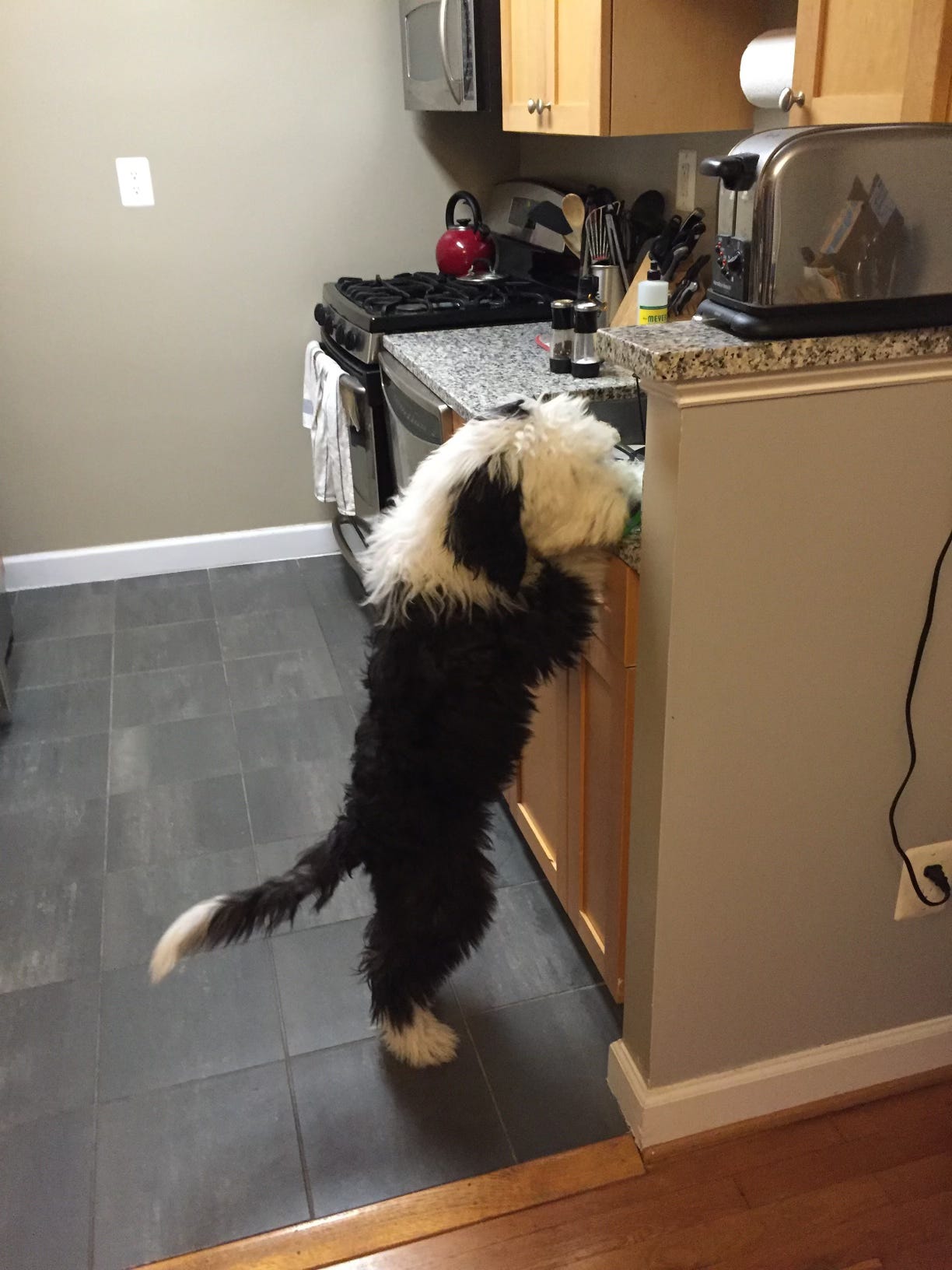So You Want To Build Optimism in Your Dog?
Today I want to unpack this popular dog training phrase. What is optimism? What does it look like? Can you build it? If so, how?
I recently shared a story on Instagram asking you to give me some of the simplified sayings (advice, info, isms, etc.) in the dog training world that you might like a deeper dive into. Yall delivered. As promised, I am picking one (more to come) and unpacking it.
This week: Build Optimism.
Yeah, I’m in! I want an optimistic dog!! While that phrase passes the vibe check, it doesn’t mean it’s particularly useful. Yay … build optimism … but I’m left wondering: What even is optimism? What does it look like? Can you build it? If so, how?
What Does Optimism Mean?
Ultimately, optimism is a label. We use labels all the time for quick communication. But if we are trying to build or change behavior, a label isn’t going to cut it. So while I like the basic gist of this saying, it’s not enough on its own to be actionable. So let’s make it actionable. To start, we need to know what optimism looks like.
Why not consult the dictionary first?! Merriam Webster defines optimism as “an inclination to put the most favorable construction upon actions and events or to anticipate the best possible outcome.” Wikipedia says, “Optimism is an attitude reflecting a belief or hope that the outcome of some specific endeavor, or outcomes in general, will be positive, favorable, and desirable.” A bunch of other sources all say similar things.
How Does Optimism Apply to Dog Training

Optimism: To anticipate a desirable outcome. This is what jumps out at me. That’s getting us somewhere, but it still isn’t enough. What does it look like when a dog anticipates a desirable outcome?
First, let’s look at some situations where people might describe the dog as behaving optimistically:
1. New person appears. Dog approaches a new person with a curvy spine and wagging tail.
2. There’s a crinkle sound. Dog comes running from the other room towards the sound.
3. A new object shows up in the yard. Dog immediately approaches with a soft body and wide wagging tail.
You can sort of see the definition come to life with those examples, right? Does it feel more helpful than just saying “build optimism”?
Ultimately, “optimism” could look different in different situations, but here are some high-level (but still observable) behaviors that I think answer the question, “What does optimism look like?”
- Low latency (i.e. quick response)
- Approach/interaction with the environmental stimulus
- Comfortable/relaxed body language (soft muscles, curved body, etc.)
A dog may very well behave “optimistically” in some situations and not others. I spoke with Kiki Yablon (a multi-certified professional dog trainer with an MA in applied behavioral science and the owner of Kiki Yablon Dog Training) about this for a little bit, and she said, “If I were to refer to a dog generally as “optimistic,” I would probably be referring to a pattern of such behavior [low latency, etc.] that has generalized across a variety of situations.” She went on to say, “But someone else might call the same pattern “confidence.””
Then I started to wonder: Does optimism only apply when it’s in relation to some stimulus the dog doesn’t have a previous direct reinforcement history with (i.e. something novel)? Or would we still call a dog optimistic when interacting with a known stimulus? At the end of the day, optimism is a label, so there is no one right answer here. I think by asking these questions, we see the shortfalls of advice to simply “build optimism.” We need specifics!
Exploring Why a Dog Might Behave ‘Optimistically’
Keep reading with a 7-day free trial
Subscribe to Tails of Connection's Substack to keep reading this post and get 7 days of free access to the full post archives.






